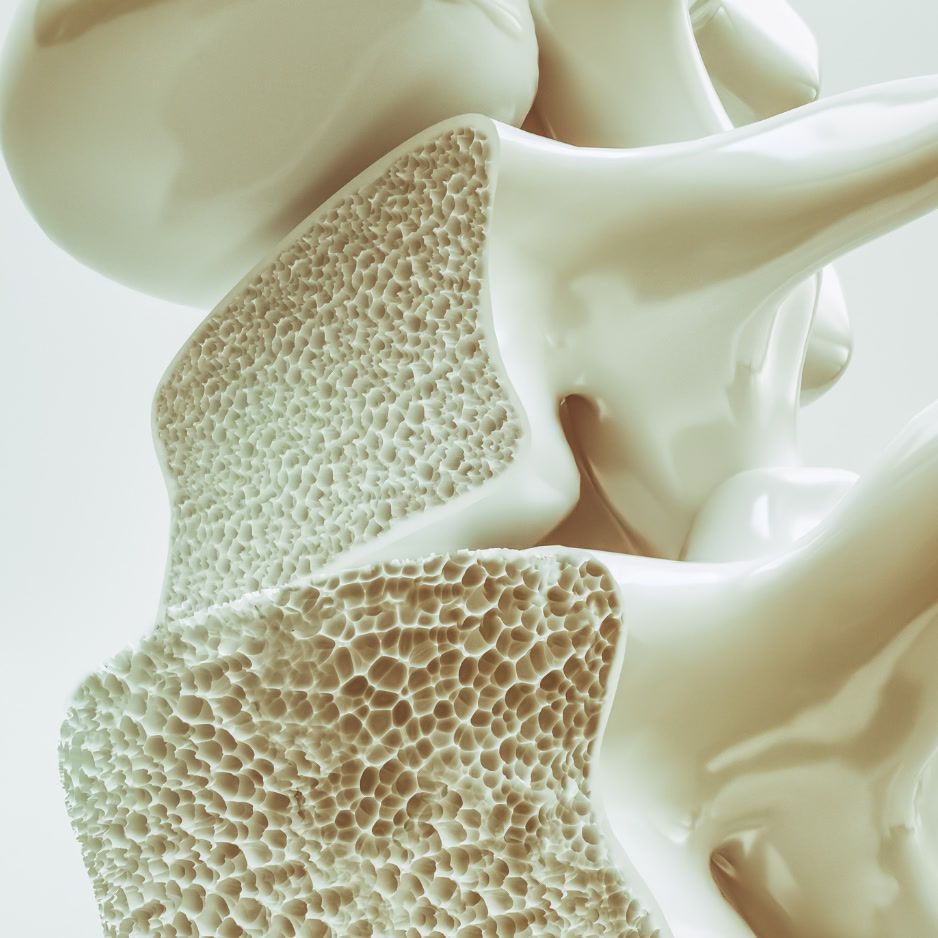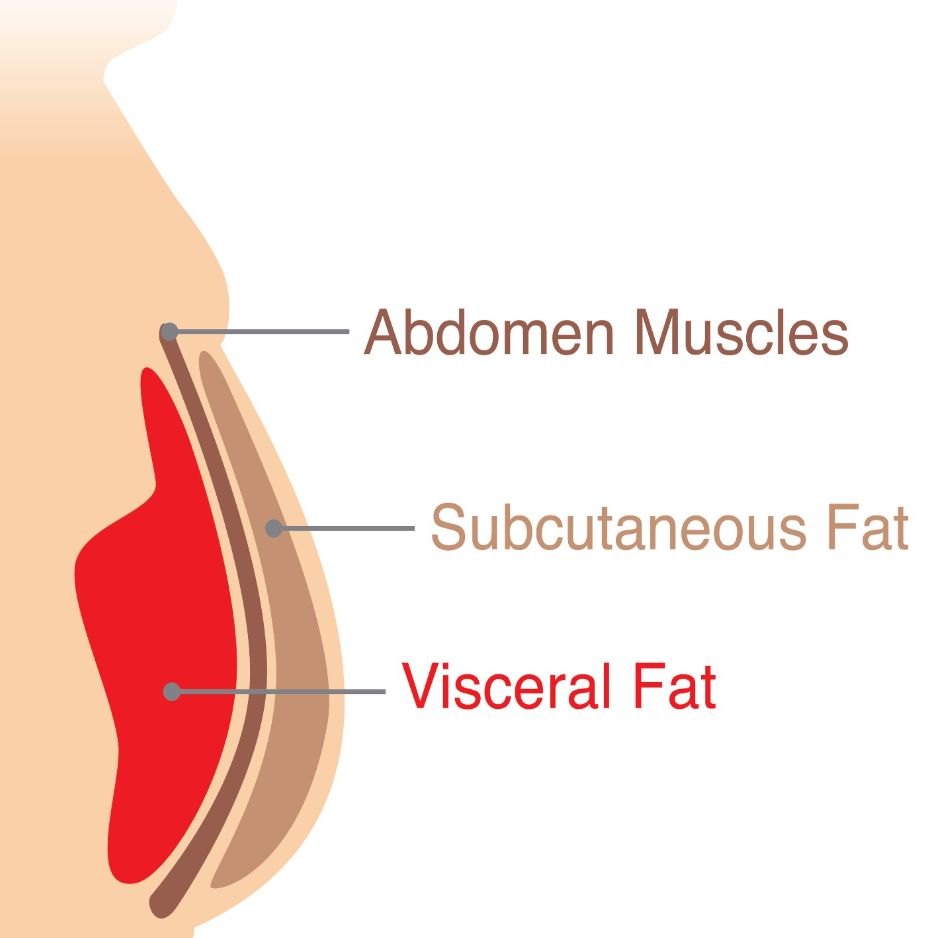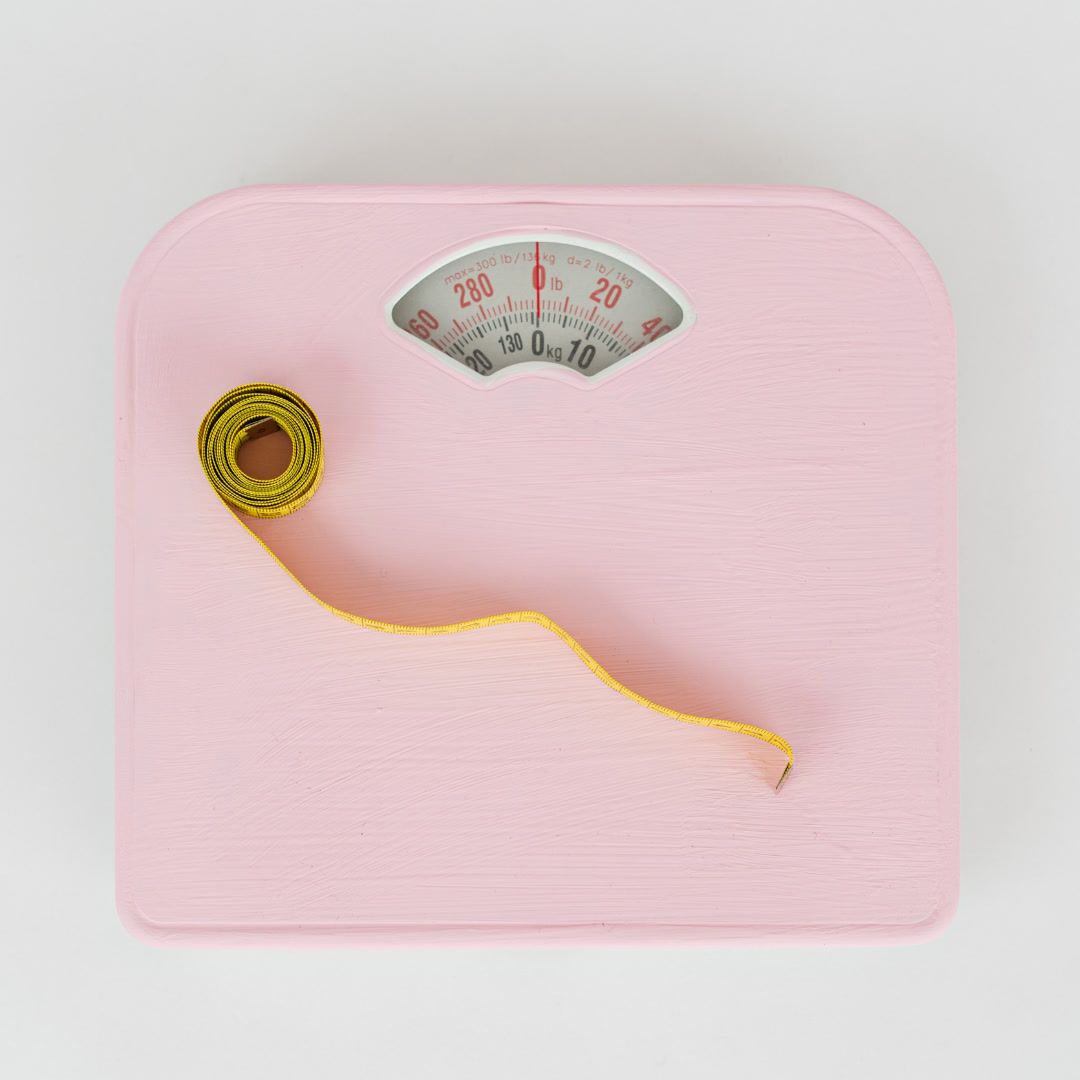Home Workout for Beginners: 4-Week Plan
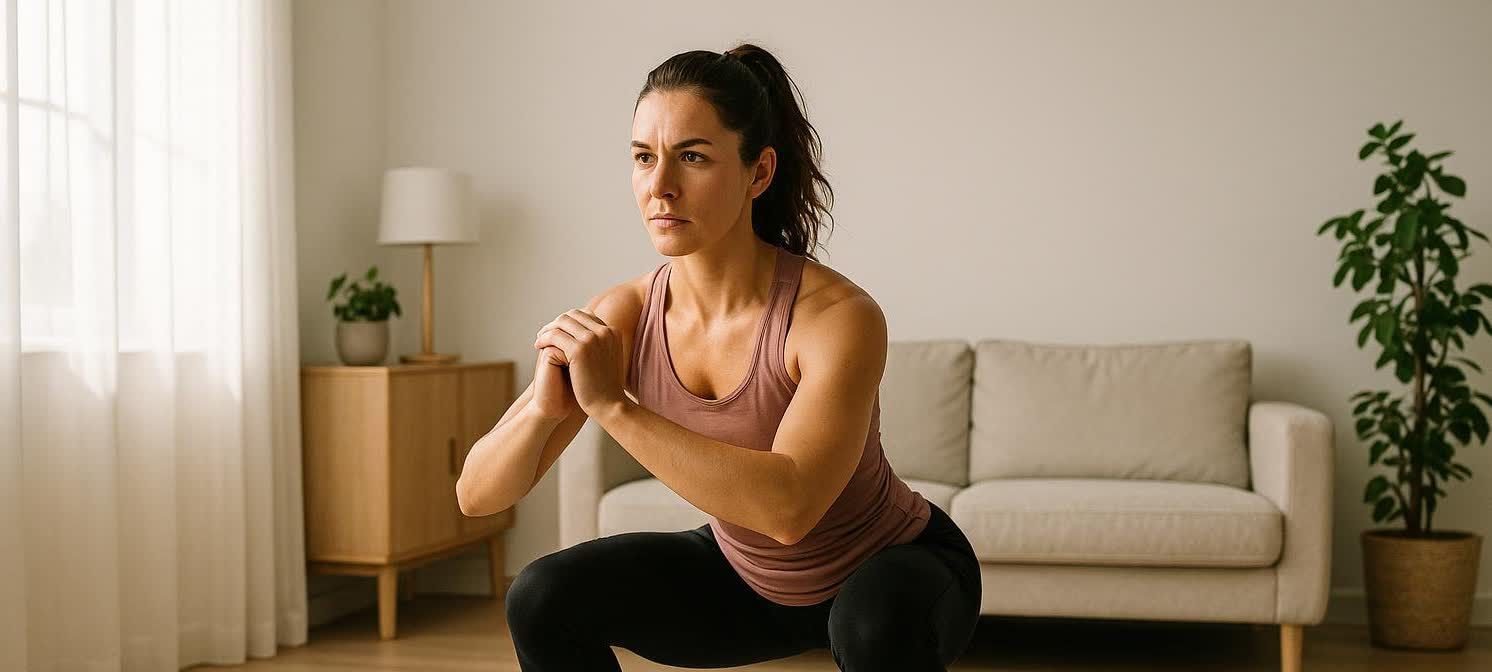
Home Workout for Beginners: Your 4-Week Plan
Want a simple, zero-equipment plan that fits real life? This 4-week, step-by-step home workout program delivers 20–30 minute sessions, joint-friendly options, and clear progression so you can build strength, stamina, and confidence without a gym.
- Time: 20–30 minutes per session
- Schedule: 4 days/week (2 strength, 2 cardio), optional 1–2 light movement days
- Equipment: None required (a chair and a towel help)
- Intensity: Use the talk test to stay on target. Moderate = you can talk but not sing; vigorous = only a few words before you need a breath (CDC intensity guide). To fine-tune, learn the RPE scale.
Why this works: It aligns with public-health guidelines to accumulate ~150 minutes/week of moderate activity plus at least 2 days of muscle-strengthening work (CDC overview).
How the Plan Works (Read This First)
- Two full-body strength days (A and B)
- One low-impact cardio circuit day
- One steady-state cardio day at a conversational pace
- Built-in progression each week (volume, time, or difficulty)
Warm-Up (3–5 minutes)
Do 4–6 of these for 20–30 seconds each: marching in place, arm circles, hip circles, leg swings (small range), inchworm walkouts, glute bridge, and walking lunges with reach. Dynamic movements prepare your body for better performance, as confirmed by a 2012 review on stretching and performance. For a fully guided option, see our dynamic warm-up guide.
The Weekly Schedule at a Glance
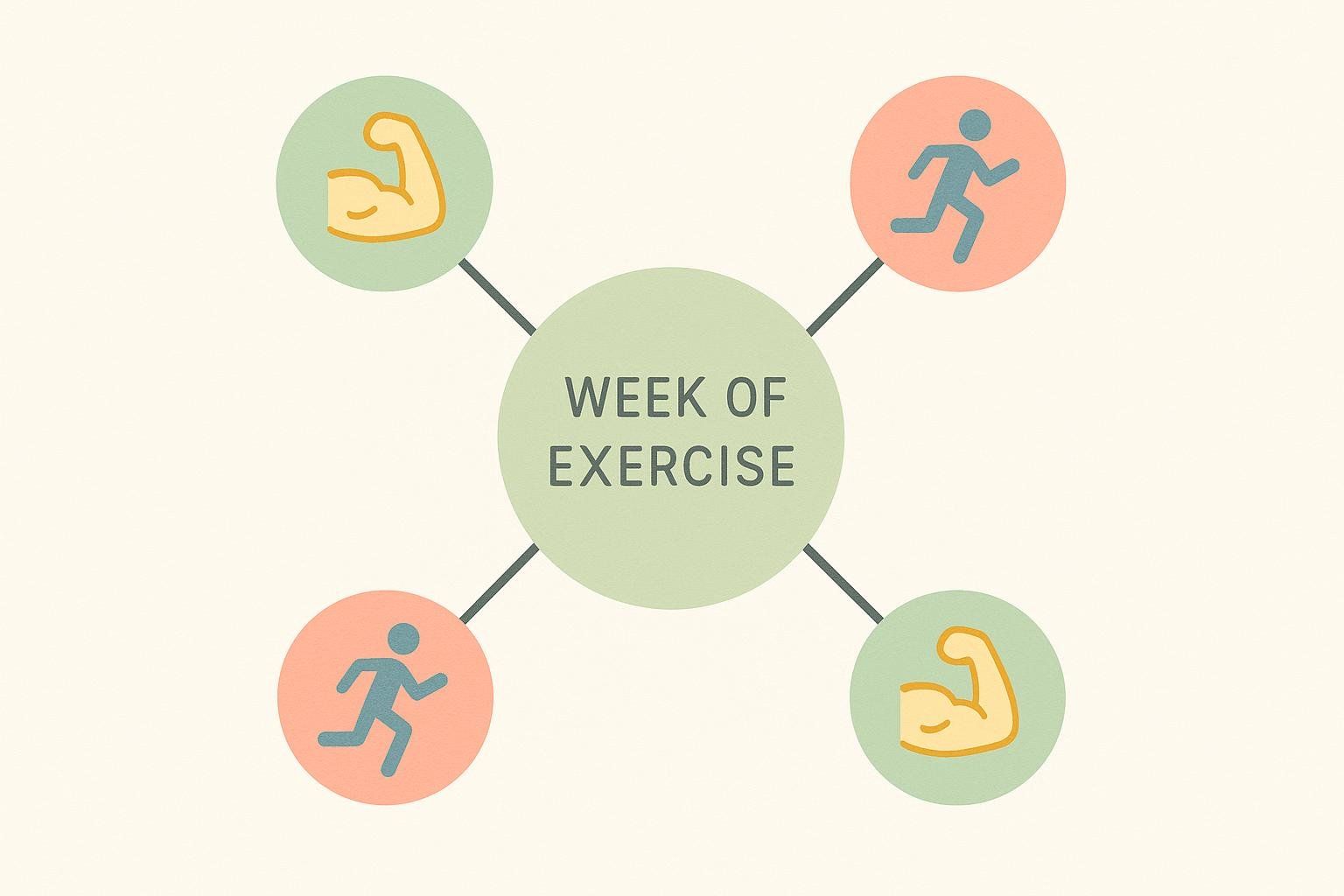
- Day 1: Strength A (20–25 minutes)
- Day 2: Cardio Circuit (20–25 minutes)
- Day 3: Rest or light movement (walk, stretch 10–20 minutes)
- Day 4: Strength B (20–25 minutes)
- Day 5: Steady-State Cardio (20–30 minutes at conversational pace)
- Days 6–7: Rest or optional mobility/yoga stroll (10–20 minutes)
Use RPE 4–6 (moderate) most days; occasional bursts may reach RPE 7–8 on the cardio circuit.
The 4-Week Progressive Plan
Follow the sets/reps exactly for your week. If something feels too easy by the end of a set, add 1–2 reps next workout—a key principle known as progressive overload. For form cues and progressions across all movements, see our bodyweight exercises blueprint.
Strength A
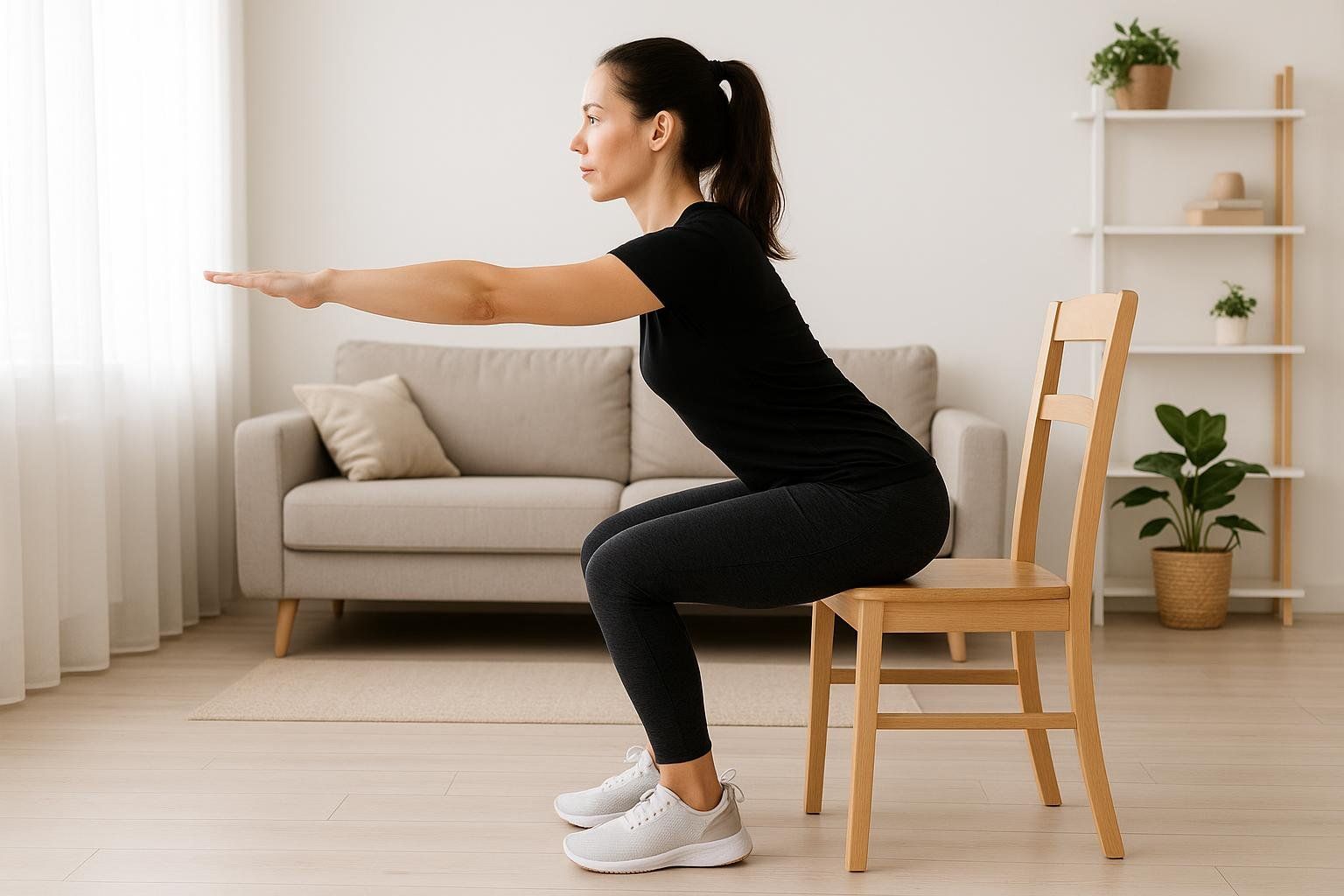
- Chair Squat (or Air Squat): Weeks 1–2: 2–3 × 8–10; Weeks 3–4: 3 × 10–12
- Incline or Wall Push-Up: Weeks 1–2: 2–3 × 6–8; Weeks 3–4: 3 × 8–10
- Glute Bridge: Weeks 1–2: 2–3 × 10–12; Weeks 3–4: 3 × 12–15
- Bird Dog: Weeks 1–2: 2 × 8/side; Weeks 3–4: 3 × 8–10/side
- Optional finisher — March in Place or Fast Feet (low impact): 2 × 30–40 seconds
Strength B
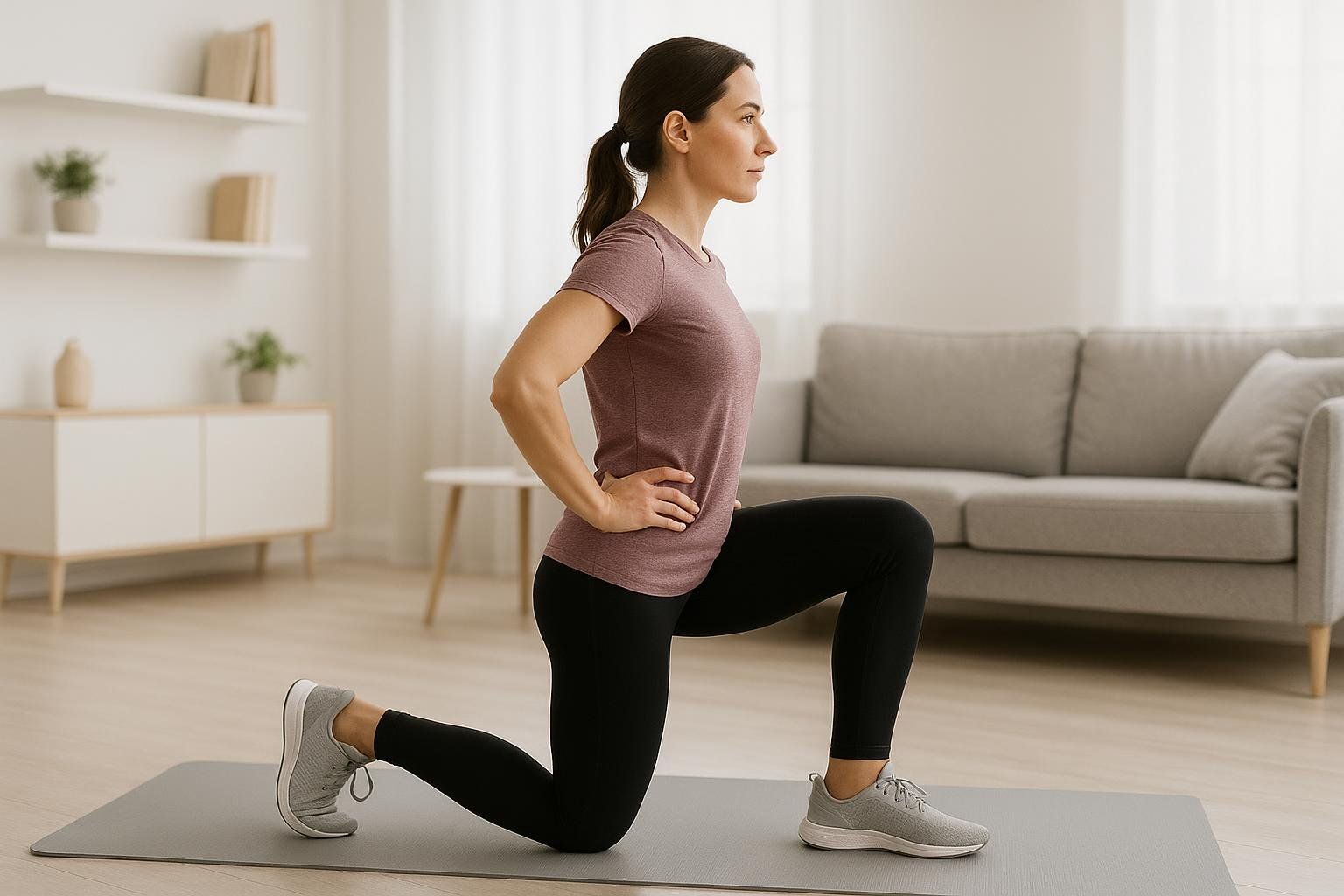
- Reverse Lunge (or Step-Back to Balance Support): Weeks 1–2: 2–3 × 6–8/leg; Weeks 3–4: 3 × 8–10/leg
- Hip Hinge (Good Morning to RDL Progression): Start with Good Mornings (hands behind head) to learn the hip hinge; once you can keep a flat back and feel your glutes/hamstrings working, progress to Bodyweight RDLs. Weeks 1–2: 2–3 × 10; Weeks 3–4: 3 × 12–15
- Doorway Row: Weeks 1–2: 2–3 × 6–8; Weeks 3–4: 3 × 8–10
- Safety Note: Ensure the door is fully closed and the frame is solid (not hollow or purely decorative). Test it by pulling with partial weight before leaning back fully.
- Alternative: Backpack Row — Hinge at your hips with a flat back, holding a loaded backpack; pull it toward your lower ribs, squeeze shoulder blades together, and lower under control.
- Dead Bug: Weeks 1–2: 2 × 8/side; Weeks 3–4: 3 × 8–10/side
- Optional finisher — Wall Sit: 2 × 30–45 seconds
Cardio Circuit (Low-Impact, 20–25 minutes)
Choose 8 moves from:
-
Marching in place
-
Shadow boxing
-
Skater steps
-
Low-impact jacks
-
Plank shoulder taps
-
Glute bridge march
-
Reverse lunge knee drive
-
Bear crawl hold
-
Fast feet (quiet)
-
Inchworm walkouts
-
Week 1: 30 seconds work / 15 seconds rest × 2 rounds
-
Week 2: 35 seconds / 15 seconds × 2–3 rounds
-
Week 3: 40 seconds / 20 seconds × 2–3 rounds
-
Week 4: 45 seconds / 15 seconds × 3 rounds
For more options and MET comparisons, see Home Cardio Exercises and Low-Impact Cardio.
Steady-State Cardio (20–30 minutes)

Pick one: brisk walking, incline walking, easy cycling, or continuous shadow boxing flow at a conversational pace. Aim for moderate intensity (talk but not sing), gradually extending duration toward 30 minutes. New to steady cardio? Read our steady state cardio benefits and training guide.
Track Options for Different Needs
Choose the track that best fits your situation today. It’s fine to switch week to week.
Busy Professional (20-minute Express)
- Strength days: Do 2 sets instead of 3; keep rests ~45 seconds
- Cardio day: 6 moves × 40 seconds on/20 seconds off × 2 rounds
- Steady day: 20 minutes brisk walking between meetings
Stay-at-Home Parent (Flexible Blocks)
- Break sessions into 2 × 10-minute blocks (morning + afternoon)
- Use chair-supported variations and floor-safe zones
- Keep a “micro-circuit” handy: 8 squats → 6 wall push-ups → 10 glute bridges → 20 seconds march (repeat)
Older Adults/Seniors (Joint-Friendly + Balance)

- Favor chair squats, wall push-ups, glute bridges, marching
- Add balance practice 2–3 days/week (heel-to-toe walk, single-leg stand near support)
- Follow older-adult guidance: 150 minutes/week moderate aerobic + 2 days of muscle strengthening, plus balance training (CDC older adults).
Cool-Down (3–5 minutes)
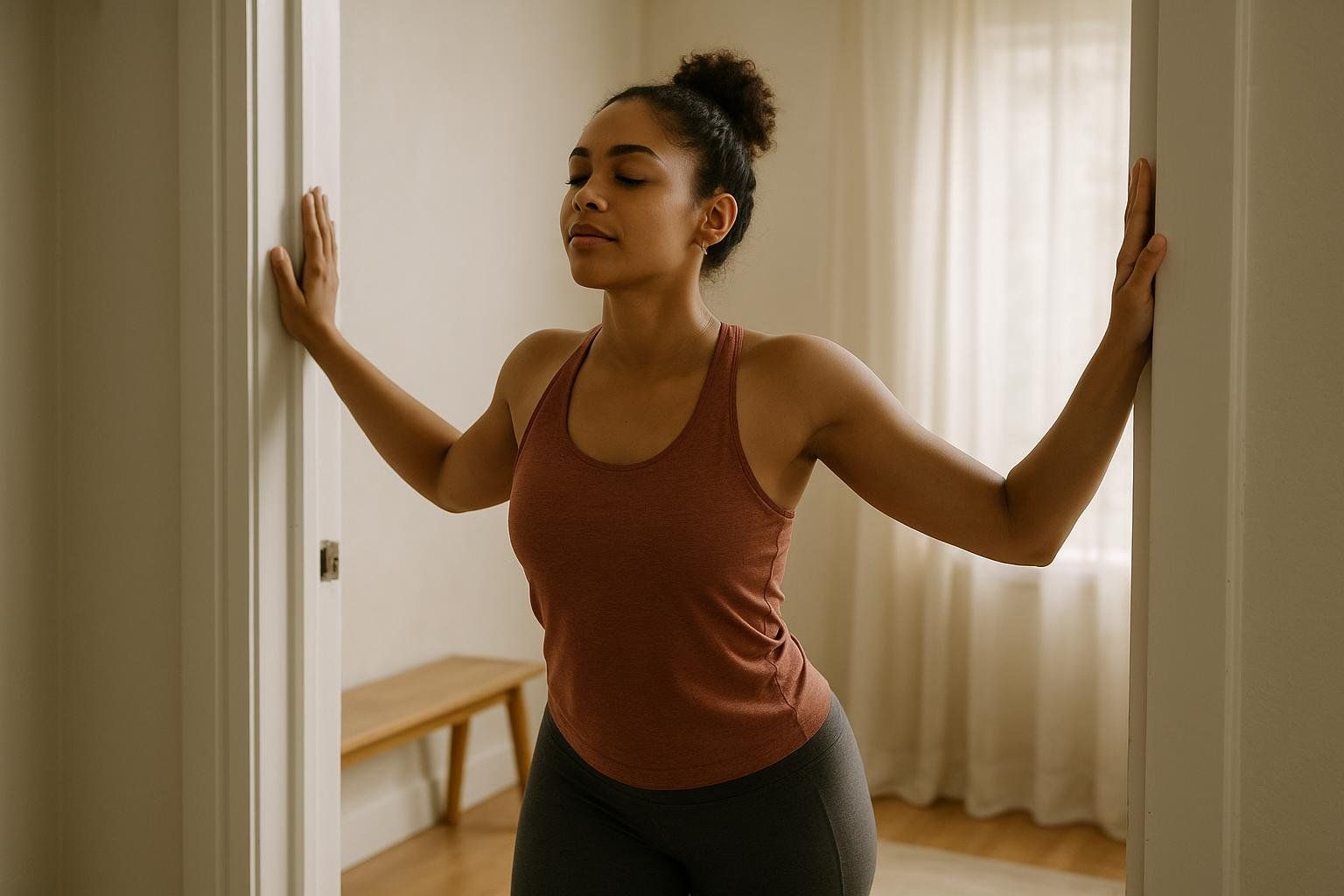
Walk slowly 2–3 minutes, then perform light static stretches (15–30 seconds holds) for calves, quads, hamstrings, chest, and shoulders. Try a standing quad stretch, a doorway chest stretch, and a seated hamstring stretch.
Safety, Recovery, and Special Cases
- Start where you are. Any activity counts toward the weekly total.
- Intensity checks: Use the talk test or RPE 1–10 scale (aim for ~4–6 most days).
- Postpartum note: Most can begin gentle activity (e.g., walking, core activation) within days if they had an uncomplicated vaginal delivery—get individualized clearance, especially after cesarean or complications, per ACOG guidance.
If pain (not normal workout discomfort) persists or worsens, stop and consult a clinician.
FAQ
What’s the best schedule for a home workout for beginners?
Four structured days (2 strength, 2 cardio) meet the spirit of guidelines for muscle and heart health (CDC overview). Add light walks as desired.
What if I only have 10 minutes?
Split sessions into 2 × 10-minute blocks. Short bouts still add up and provide benefits.
How do I know I’m working hard enough?
Use the talk test (moderate = can talk, vigorous = only a few words) or RPE 1–10 (aim 4–6 most days).
I’m nervous about jumping or joint pain—can I still do this?
Yes. Use the low-impact circuit and chair-supported variations. For more ideas, see the complete low-impact cardio guide.
When will I see results?
Most people notice better energy and stamina in 2–4 weeks. For body-composition changes, track every 8–12 weeks and combine training with meals that include a good source of protein and consistent sleep.
Make Progress You Can See
Fitness gets real when you can measure it. BodySpec DEXA scans quantify fat mass, lean mass, bone density, and even visceral fat—so you can see exactly how your home workouts are changing your body. Pair this plan with periodic scans to validate progress and fine-tune your routine.
- Learn how DEXA works in our complete guide to DEXA scans
- Ready to book? Find a location and book your scan
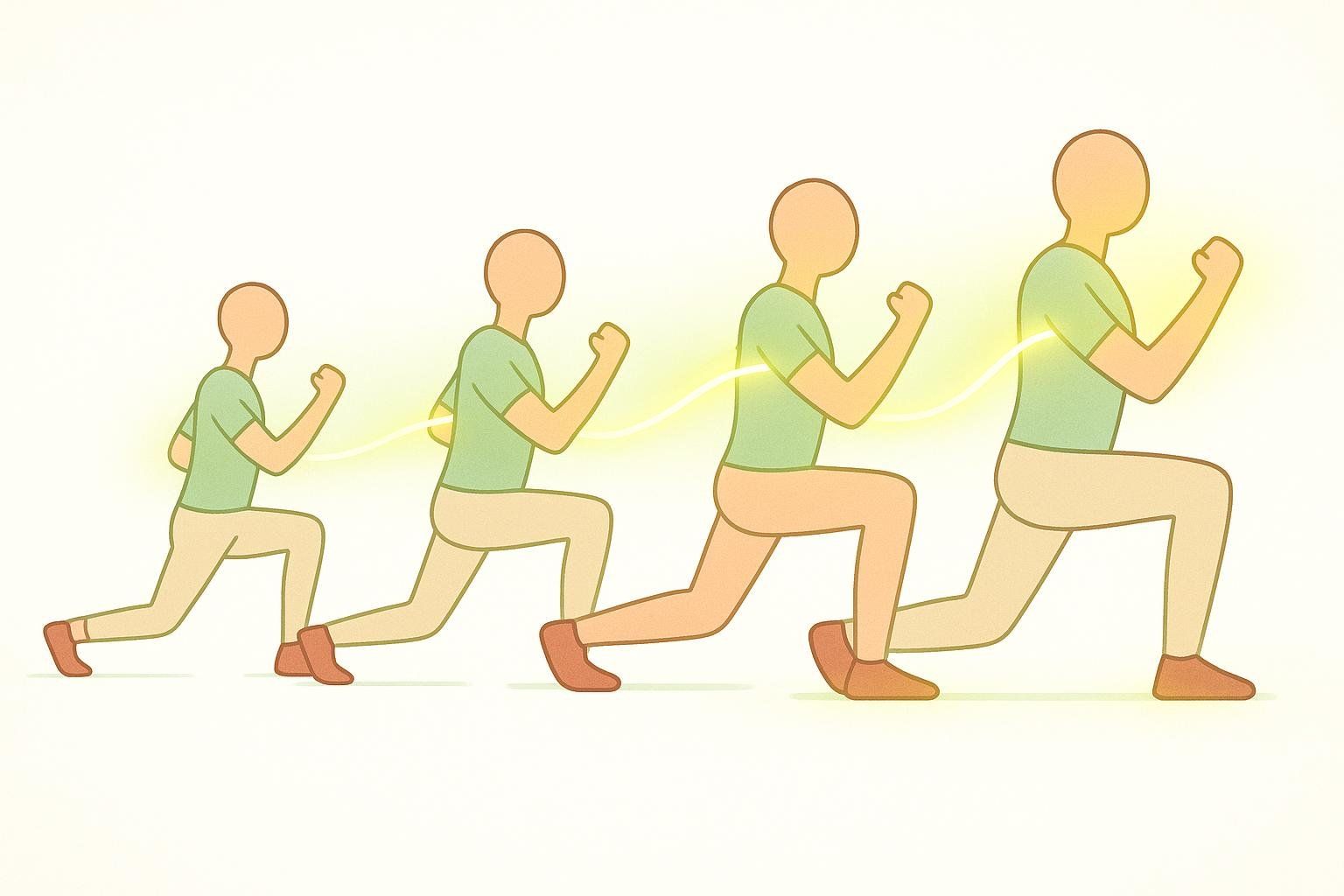
You’ve got the plan and the science—now give yourself 20–30 minutes at home, 4 days a week. Consistency wins.
